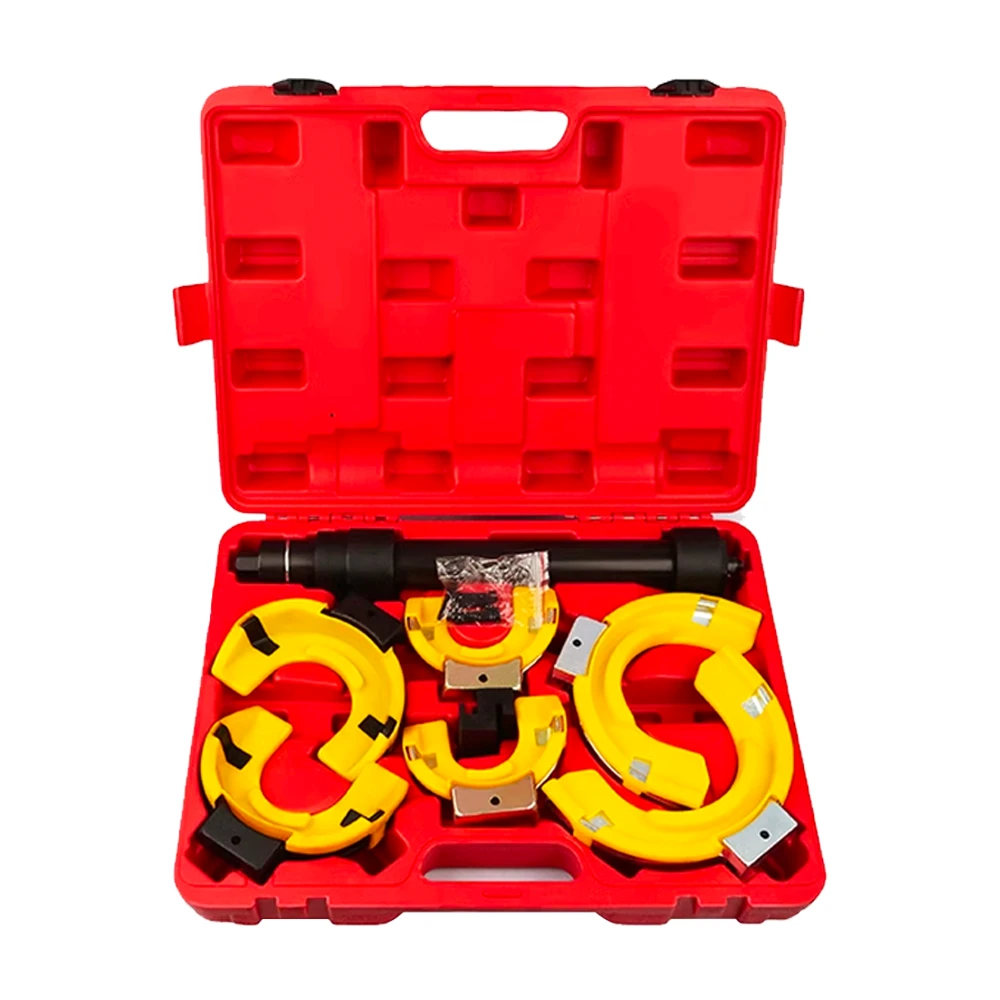Car Jack Vehicle Mover Tow Dolly Universal Moving Tool Wheel Towing Trailer tools automatic car jack


Using a car jack correctly involves more than just positioning it under a vehicle. Familiarity with the vehicle's jacking points is crucial, as is using the correct jack for the vehicle’s weight class. Always ensure the ground is solid and level to prevent any slippage or accidents. Safety stands, or jack stands, are a must-have alongside a car jack, as they provide additional support after the vehicle is lifted, guaranteeing safety during prolonged maintenance work. When purchasing a car jack, trustworthiness and quality should be the primary considerations. Look for reputable brands with positive reviews and verified safety certifications. Understanding the product specifications and matching them with the vehicle's requirements will ensure the car jack's effectiveness and safety. Regular inspection and maintenance of your car jack are essential to extend its lifespan. Keep the jack clean and lubricated to prevent rust and ensure smooth operation. In the event of any damage or malfunction, it's best to consult a professional rather than attempt DIY repairs, as this can compromise safety. Car jacks are more than just convenient tools—they are vital for vehicle safety and maintenance. With an informed approach to their use and by prioritizing quality over cost, drivers can significantly improve their preparedness for both minor repairs and unexpected tire changes on the road.
Products categories
Latest News
-
Unlock the Power of the Spring Compressor for Your Projects
NewsApr.01,2025 -
Unlock the Power of Safe and Efficient Compression with the Spring Compressor
NewsApr.01,2025 -
Unlock Maximum Efficiency with the Spring Compressor
NewsApr.01,2025 -
Maximize Efficiency and Safety with the Spring Compressor
NewsApr.01,2025 -
Discover the Efficiency of the 2 Ton Foldable Shop Crane: A Must-Have for Auto Repair and More
NewsApr.01,2025 -
Discover the Best Spring Compressor for Your Needs
NewsApr.01,2025 -
Unlock the Full Potential of Your Workspace with the Tools Trolley
NewsMar.21,2025















